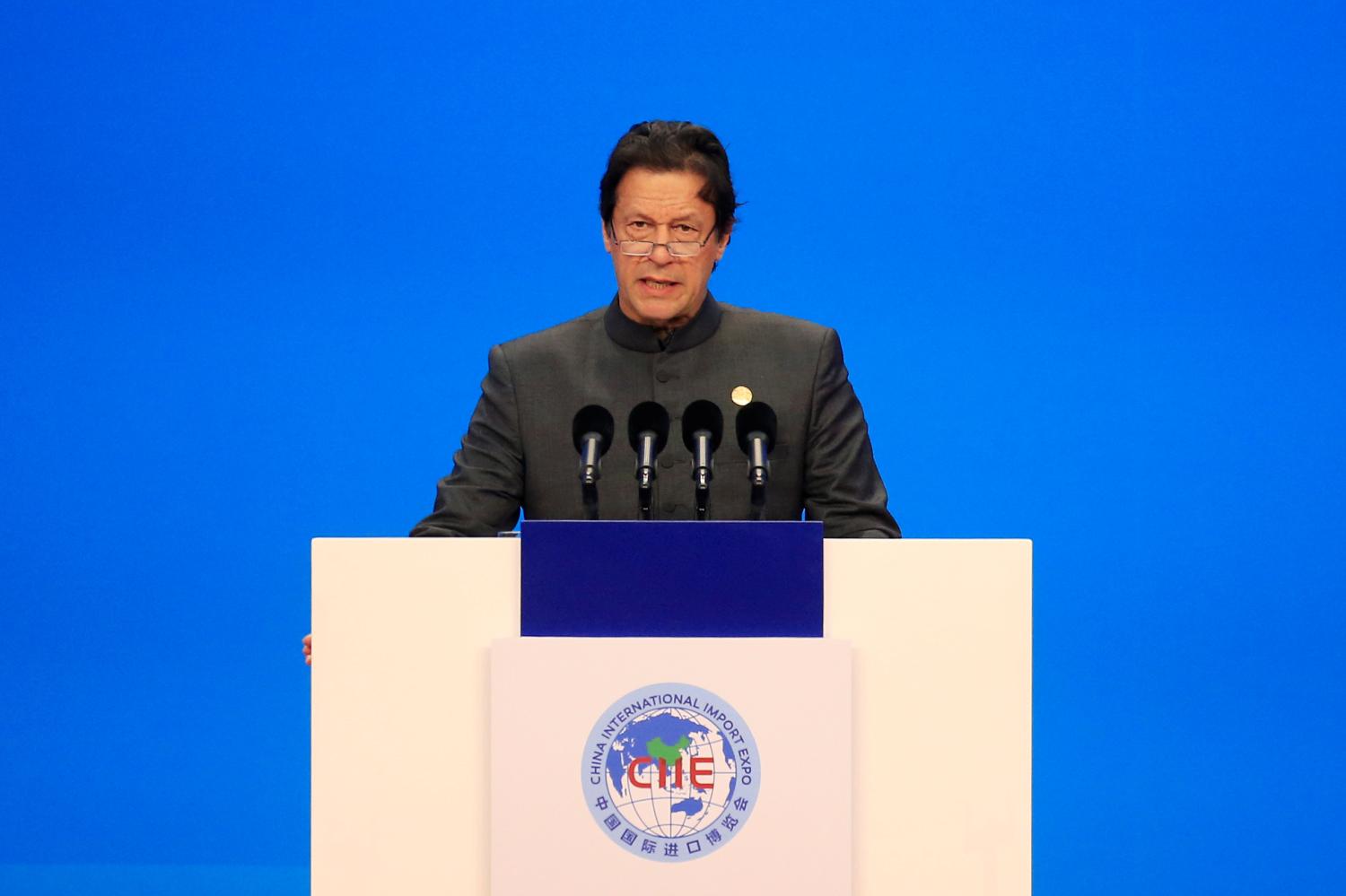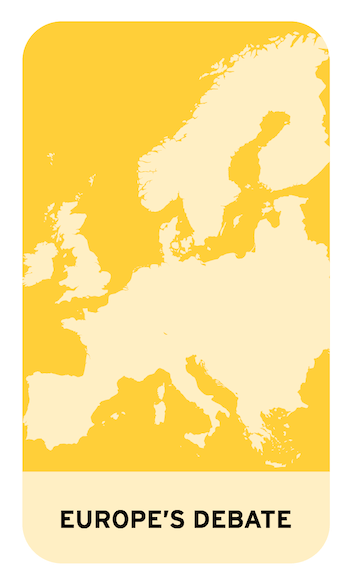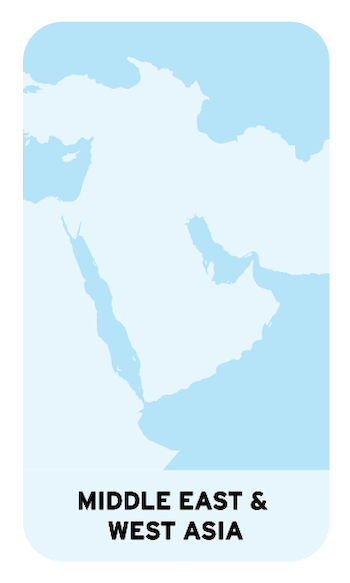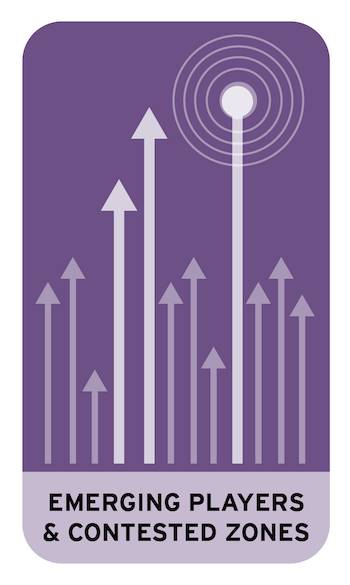 Executive Summary
Executive Summary
- Pakistan’s new prime minister, Imran Khan, rose to power on a classic populist platform, presenting himself and his party as the non-corrupt alternative to the country’s two main parties (the Pakistan Muslim League-Nawaz, known as the PML-N, and the Pakistan People’s Party, known as the PPP), and their long, checkered history of corruption scandals and misgovernance.
- While Khan has earned an anti-West, pro-Taliban reputation that translates quite neatly as right-wing, his populism is as left-wing as right. His domestic policy platform—including the provision of social services to the population and safety nets to Pakistan’s poorest, along with his focus on austerity—draws squarely from the left. Even on foreign policy, his desire to reduce Pakistan’s dependence on the West and to turn eastward can be seen in the vein of a leftist brand of sovereign nationalism.
- Khan’s election did not come without taint. His close ties with the military, long speculated, have become apparent in the months since the election, and the creation—via judicial and political meddling, as well as muzzling of the media—of a pre-poll environment that systematically weakened the incumbent PML-N ultimately proved helpful to him.
- Yet Khan was voted in by a diverse coalition that lends him broad legitimacy amid a changing set of demographics in Pakistan—64 percent of the country’s population is now under 30, and at least 37 percent live in urban areas. The Pakistan Tehreek-e-Insaf (PTI) formed provincial governments in two of Pakistan’s four provinces, Punjab and Khyber Pakhtunkhwa (KPK), and a coalition government in Baluchistan, a rarity.
- The irregularities seen in the 2018 election—horse-trading, media threats, judicial meddling—are institutional elements of Pakistan’s politics that make its democracy vulnerable to instability and manipulation. In Pakistan’s environment of incumbency disadvantage, politicians have an incentive to switch parties (horse trade) to move with voters’ changing political preferences.
- Historically, Pakistan’s democratic environment of political instability and incumbency disadvantage has incentivized politicians and governments to engage in extractive behavior, thus setting up a negative cycle and their own eventual dissolution. Short time horizons in power also tend to encourage the kind of political behavior that dominates the Pakistani context—easily visible investments in infrastructure (the PML-N’s focus) and narrow patronage to constituents.
- Khan’s politics of both left and right, his appeal to Pakistan’s next generation, and his alliance with the military offer a real alternative for Pakistan’s democracy going forward—hinging, of course, on his success. The “job security” that the military can provide him may enable Khan to finally undertake longer-term, deep institutional reforms that Pakistan desperately needs, including widening its tax base and reforming the energy sector. Ironically, it is the stability the military provides that may enable Pakistan’s democratic strengthening, through implementation of political and policy reforms. Whether Khan’s government can develop the competence to deliver on such reforms, however, is still in question.
- Khan aims to reduce Pakistan’s economic dependence on Washington and to seek a more “balanced” relationship with the United States. With President Trump, he has fired back when slighted, and reciprocated when reached out to.
- On matters of religion in Pakistan, Khan has shown an inclination to wrest the narrative from hardliners; he has commanded it better than previous governments.










